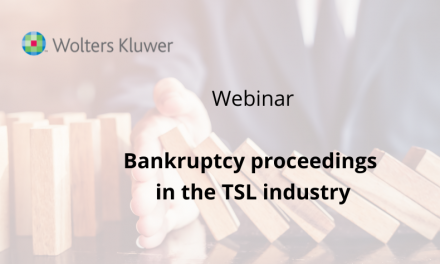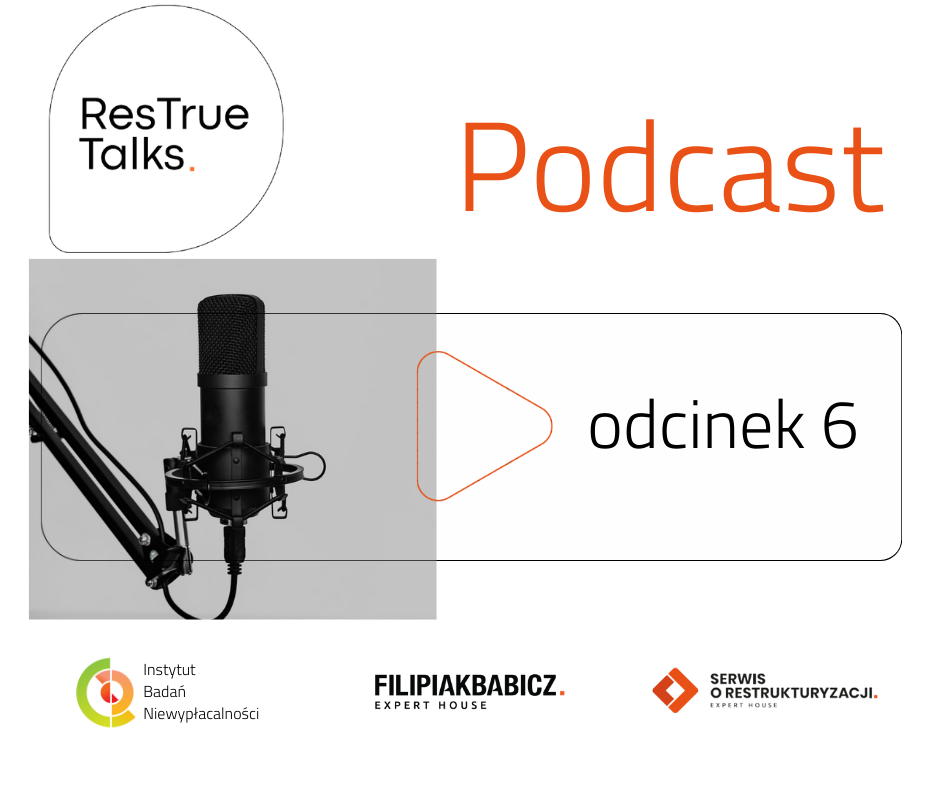
Bondholders in the restructuring proceedings of a public company

In recent years, we have often dealt with the restructuring of companies listed both on the main market of the WSE and in the alternative trading system (NewConnect). Some of them finance their activities on a daily basis by issuing corporate bonds, purchased by large investment funds and natural persons investing their savings. One of the most spectacular restructuring of a bond issuer (due to the total amount of liabilities and the number of bondholders) was undoubtedly the case of GetBack S.A., but among public companies taking steps to avoid bankruptcy through restructuring, one can also mention, among others Action S.A., Kancelaria Medius S.A., or Braster S.A. Due to the fact that the owners of such bonds are often hundreds of natural persons (including consumers) who may not have sufficient knowledge of their rights and obligations, it is worth presenting the legal position of the bondholder in the case of restructuring of such a company.
The most important effects of the opening of restructuring proceedings
The consequences of opening restructuring proceedings against a public company issuing bonds were designed in such a way as to limit the personal involvement of bondholders, who are very often dispersed across the country. For this purpose, the court, when opening the restructuring proceedings of the bond issuer, appoints a curator representing the rights and interests of the bondholders in the course of the proceedings. This entity is often a person holding a restructuring advisor license, but it can also be a bank or a mortgage administrator (if this is how the rights of the bondholders are secured). The probation officer should professionally and professionally take all necessary steps to protect the interests of bondholders. In particular, he / she may exercise the right to vote on receivables, submit appeals or view the debtor’s books and documents. It is not bound by the will of the bondholders, however, it is widely practiced that the curator consults bondholders, or even conducts formal voting by the curator (the example of the bondholders ‘trustee in the proceedings of GetBack SA is known, who, having to appoint 4 members of the creditors’ council appointed in the restructuring proceedings, conducted a vote among bondholders. This made it possible for small bondholders who had organized themselves through internet forums to identify their candidates). Due to the activity of the probation officer, the bondholders do not bear any direct costs – his remuneration is covered by the debtor.
The bondholder and participation in the procedure
The appointment of a guardian for bondholders also has the effect that individual, individual bondholders do not have the status of participants in the proceedings and cannot take actions in it on their own. If, however, one of the bondholders wants to obtain the status of a participant in the proceedings, he must submit an application to the judge-commissioner for admission to participate in the proceedings (the so-called “exclusion from guardianship”) and prove that he is entitled to the rights under the bonds (usually certificate of deposit). After the decision on admitting the bondholder to participate in the proceedings is issued, he becomes an independent participant in the proceedings and may independently perform actions in the proceedings (e.g. submit appeals). This option is often used by major creditors, including investment funds that have sufficient resources to provide themselves with professional legal services throughout the proceedings.
Inclusion in the list of receivables
Bondholders do not have to submit their claims in restructuring proceedings. The total amount of the bonds should be included in the list of receivables ex officio, with a breakdown into bonds that should be redeemed before the opening date of the proceedings and bonds whose maturity has not yet come, together with interest. Importantly, the list of receivables will not include the names or companies of individual bondholders, but the total amount of bonds (most often broken down into series, if the bonds were issued in series). Hence, only “bond series A”, “bond series B” etc. will appear on the list as the creditor’s designation.
Inclusion in the system and ways of restructuring
As for the issues of including the arrangement and methods of restructuring the liabilities arising from the bonds, the general rules apply in this case. This means that the bonds will not be subject to arrangement to the extent that they are covered by the collateral. In this respect, creditors can and should be repaid in the course of the proceedings – for example, the issuer should pay the current interest. If, on the other hand, the bonds are covered by the arrangement (unsecured part), they cannot be repaid for the entire duration of the proceedings, neither in terms of principal nor interest. As for the methods of restructuring liabilities under bonds, it is practiced, first of all, their partial redemption and payment of a certain part of their nominal value (sometimes also interest), but there are also proposals involving the conversion of bonds into shares.
Summary
Bondholders (in particular natural persons) do not generally have to take any steps in the course of restructuring proceedings to ensure that their rights are adequately represented. If they are interested in active participation in the proceedings, they may submit an application for admission to the proceedings by the judge-commissioner. Otherwise, all actions on their behalf will be performed by the probation officer and he should be the addressee of any applications or postulates submitted by them. Therefore, it is crucial to appoint a person for this position who will have knowledge and competence in the course of restructuring proceedings.













